
Determinants for health; the role of public space ‘Who, where, tools’?
🇬🇧 For reading materials on this education initiative in english, please see the bottom of this page.
Background and context in the curriculum
Environmental health is in the first semester of first-cycle studies at the Physiotherapy programme, Luleå University of Technology, Sweden. The course, ‘Physiotherapy: health promoting practices on individual, group and community level’ includes epidemiology, public health guidelines on good and equal health, concepts and methods in health promotion. Within this course, a specific module focuses on environmental health (as detailed later in the text).
This course is aligned with the previous course in which key models and fundamental concepts related to physiotherapy (e.g. the ICF framework, motor control, the profession) are introduced. Later in the program, there is further environmental health content (year 2, in ‘humans in working life’). Throughout the programme, we seek to adopt an approach of constructive alignment of the intended teaching and learning outcomes, activities and assessment, and try to ensure that students’ see how courses in the physiotherapy programme relate and build on each other and connect to societal challenges/needs. As the interrelation of human – environment – planning factors are complex, a systematic approach is essential.
Environmental health module
In this module, the aim is to identify key performance prerequisites and planning methods to enable and promote soft mobility (non-motorised human movement) in different spatial contexts, with sensitivity to the needs and capacities of different population groups. The environmental component is focused on the natural & built outdoor environments with its seasonal variations and weather conditions. It also addresses shared values, habits and peoples movement behaviours.
‘Who, where, tools’? : The persona, the location, and the key tools for enabling outdoor activity all year round
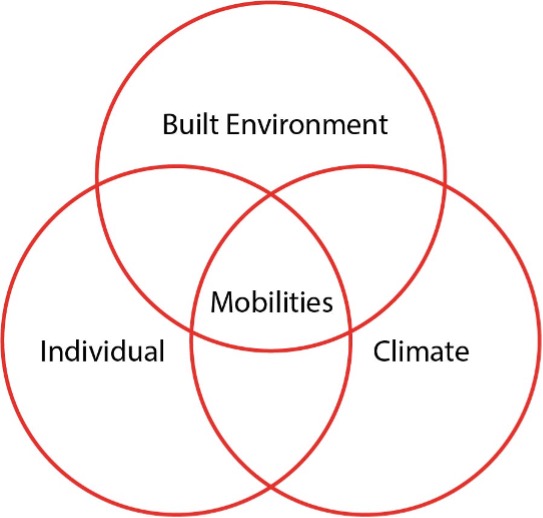
Figure 1. In the built environment, people’s mobility choices can be seen as an outcome of the interactions between the urban form, the seasonal conditions & climate change and the individual (Chapman, D., & Larsson, A. (2019). Toward an Integrated Model for Soft-Mobility. Int. J. Environ. Res. Public Health, 16, 3669; https://doi.org/10.3390/ijerph16193669).
Activities and assessment – workshop
3-hour workshop, with students randomly assigned to groups of four, assigned to work on these questions and at the end, present their main results.
To narrow the complexity of this exercise, the geographical area is set to the neighbourhood scale (walkable space). However, the students need to decide on what neighbourhood, which is around what geographical anchor and area to be analysed
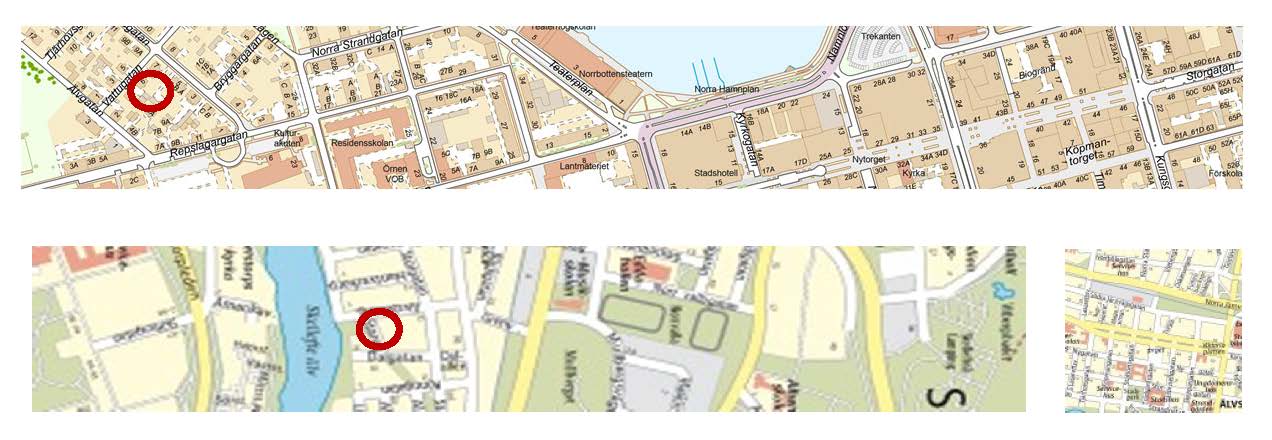
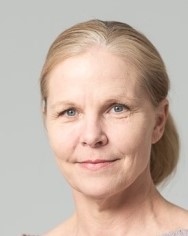
Agneta Larsson (PhD)
Senior Lecturer, Luleå Universiy of Technology
Agneta Larsson is a Physiotherapist and Senior lecturer at Luleå University of Technology in Sweden. Her background includes integrative physiology and ergonomics. A particular focus of her research is the significance of the environment, social context and people’s self-efficacy beliefs for physical performance and mobility.
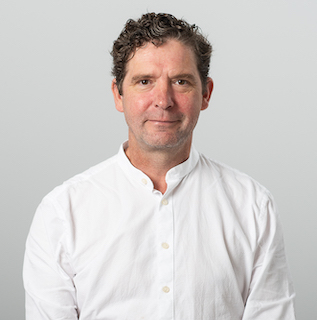
David Chapman (PhD)
Associate Professor, University of Stavanger
David Chapman is Architect and Town Planner. He made his doctorate in Architecture researching the urban design of winter cities and the relationship between human movement, urban design and climate. Today, David is an Associate Professor at the University of Stavanger (Norway) where he teaches courses in City and Regional Planning.
Students are also asked to decide on two different personas (develop their own persona/s derived from one of their own interviews or inspired by the blueprint personas developed as part of the Blueprint on Digital Transformation of Health and Care for the Ageing Society) to be used for analyses. The personas should preferably represent differences in capacity and needs, for example, youth, parents with children or elderly with need of mobility aids.
Then, they identify key tools, barriers & determinants for enabling outdoor soft mobility all year round in the chosen neighbourhood, for their chosen personas.
Proposed outcomes relate to:
individual health, human body functions and capacity, social participation, car usage and hence reduced energy consumption and pollution, medical costs due to illness or injury.
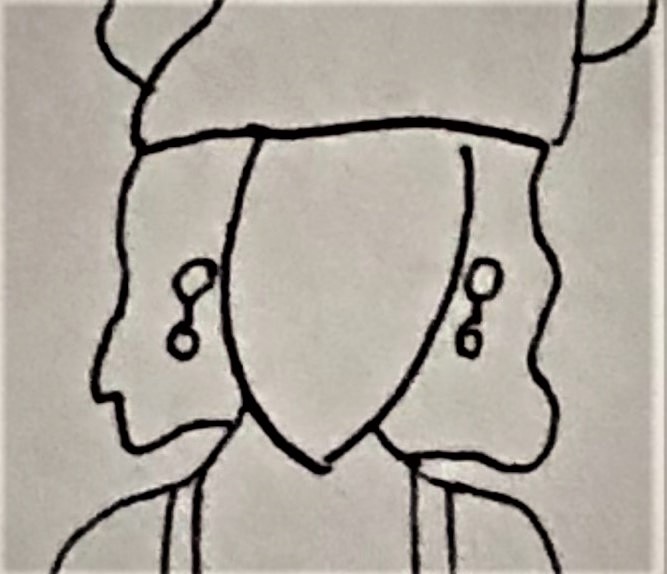

Main readings from
The Dahlgren-Whitehead model of health determinants (link in Swedish).
Physiotherapy and sustainable development. Fysioterapi 4 2021 p 38-44 (link in Swedish).
Health consequences of climate change in Sweden – A risk and vulnerability analysis (2021). The Public Health Agency of Sweden (link in Swedish).
ICF framework, and the Ottawa Charter (from a previous module)
Selection of teaching materials
Larsson, A. (2021). Physical activity in winter climates presents special challenges; från webbinarium ‘friluftsliv, folkhälsa, tillväxt’, samverkan med Folkhälsocenter Region Norrbotten, Länsstyrelsen och LTU (link in Swedish).
Chapman, D. (2021). Climate and Urban Morphology: the case for winter cities, Part 1, 2 and 3, LinkedIn, David Chapman 2021-03-19.
Some thoughts on further development
It would be exciting to connect students from different Universities to discuss these issues.
Relaterade publikationer / Related publications
Chapman, D., & Larsson, A. (2019). Toward an Integrated Model for Soft-Mobility. Int. J. Environ. Res. Public Health, 16, 3669; https://doi.org/10.3390/ijerph16193669
Larsson, A., & Chapman, D. (2020). Perceived impact of meteorological conditions on the use of public space in winter settlements. International Journal of Biometeorology 64, 631–642. https://doi.org/10.1007/s00484-019-01852-5
Komma i kontakt / Get in touch
🇸🇪 Vi vill gärna höra från dig och fortsätta samtalet om vårt undervisningsinitiativ. Om du har feedback, frågor eller idéer som du vill dela med dig av, vänligen kontakta Agneta Larsson (PhD) via e-post eller använd kommentarsformuläret nedan.
🇬🇧 We would love to hear from you and continue the conversation about our teaching initiative. If you have any feedback, questions or ideas that you would like to share with us, please contact Agneta Larsson (PhD) via email or use the comment form below.

0 Comments